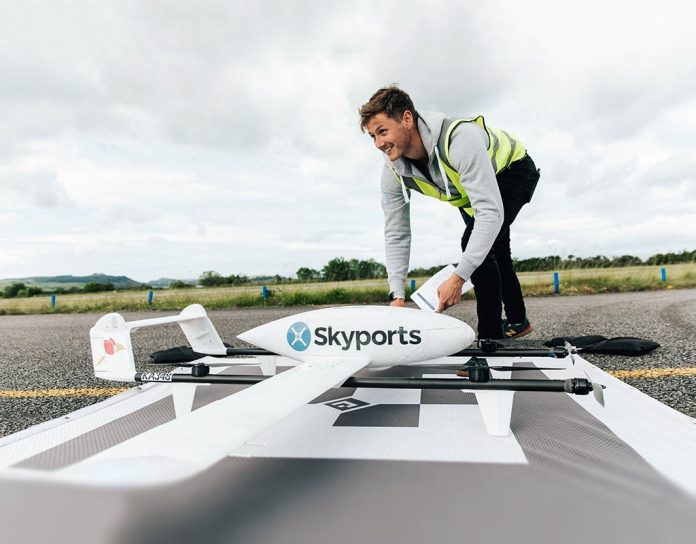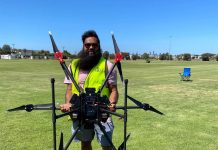
Australia has emerged as a global hub for drone innovation, with beyond visual line-of-sight (BVLOS) operations taking center stage. Leading this revolution is Matt Sturdy, a drone specialist at the forefront of long-range operations for the Skyport Drone Services and Carbonix partnership program.
Originally from the United Kingdom, Matt’s journey from learning the basics of flying aeroplanes and drones at Bournemouth University to pioneering BVLOS capabilities in Australia is a testament to the transformative power of technology.
Matt’s formal qualifications include holding a remote pilot’s license (RePL) with sub 25kg endorsement, including a Powered Lift endorsement to fly BVLOS outside of controlled airspace (OCTA). He also holds an Aeronautical radio operator certificate (AROC).
In his role Matt focuses on enhancing BVLOS capabilities using high-tech drones to collect geospatial data. Working in collaboration with Carbonix, he operates a range of CASA-approved drones, spanning from a formidable 6-meter wingspan to a more compact 3.4-meter wingspan. These drones play a crucial role in delivering precise mapping information by providing increased data and detail.
Matt’s responsibilities extend beyond data collection, as he actively collaborates with energy and mining clients to refine operational procedures and scale up BVLOS capabilities. Safety is a top priority, with continuous improvement initiatives aimed at enhancing efficiency and safety outcomes for the partnership program and the application of BVLOS operations.

“For each mission, I develop a comprehensive concept of operations (CONOPS), complete a risk assessment, and formulate an emergency response plan,” Matt explains. “It’s about asking critical questions to ensure the feasibility and safety of each mission, creating a seamless alignment between technology and operational procedures. In this emerging drone industry, constant feedback and questioning are essential to foster a safer work environment.”
One of the notable projects Matt is involved in is conducting BVLOS operations over powerlines in Mount Gambier. Matt explains that “Drones has been a game-changer. They have played a pivotal role in transforming dangerous tasks into safer endeavors. “We can fly lower and closer than helicopters, allowing for better resolution images and data collection, significantly improving safety in industries like surveying.”
As an experienced drone specialist, Matt shares his top safety tip for all drone enthusiasts: maintaining situational awareness. He underscores the critical importance of monitoring situational hazards, especially in Australia, where weather conditions can be unpredictable.
“No matter what drone you are flying, keep an eye on situational hazards. When I fly, I make sure I have an automatic dependent surveillance-broadcast (ADS-B) resource and check the flight radar,” advises Sturdy. “Being prepared and proactive ensures a successful flight and a safe trip home.”

Matt’s journey from the United Kingdom to Australia exemplifies the global collaboration driving innovation in the drone industry. His work in BVLOS operations and geospatial data collection, coupled with a strong emphasis on safety and continuous improvement, highlights the transformative impact of drones in hazardous environments. As Australia becomes a leader in drone technology, pioneers like Matt are shaping the future of the industry, making it safer, more efficient, and opening new possibilities for innovation.




